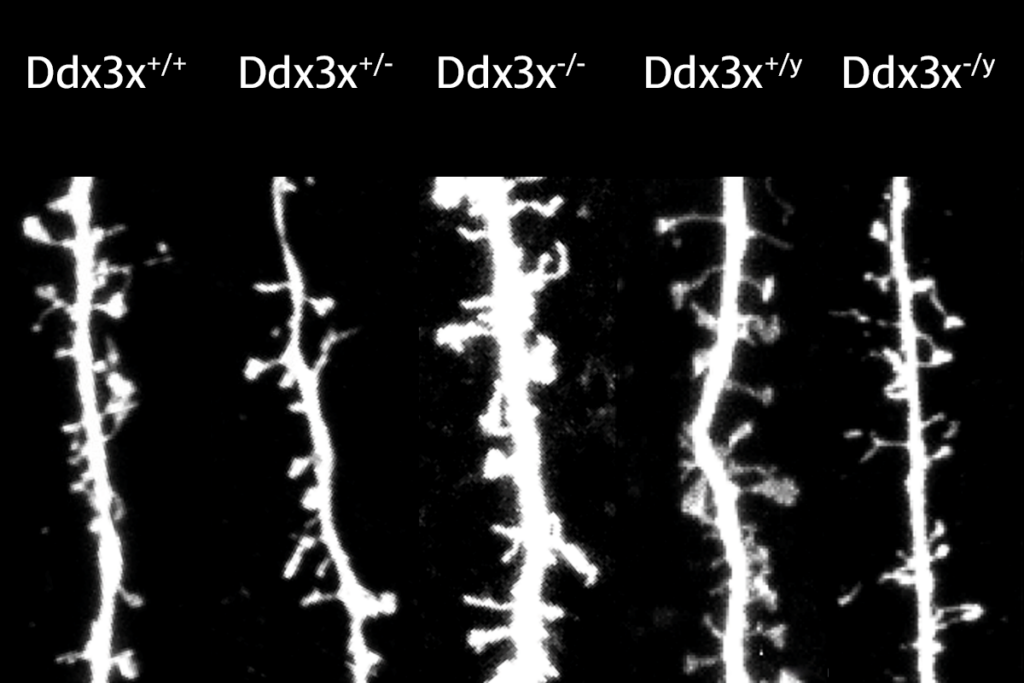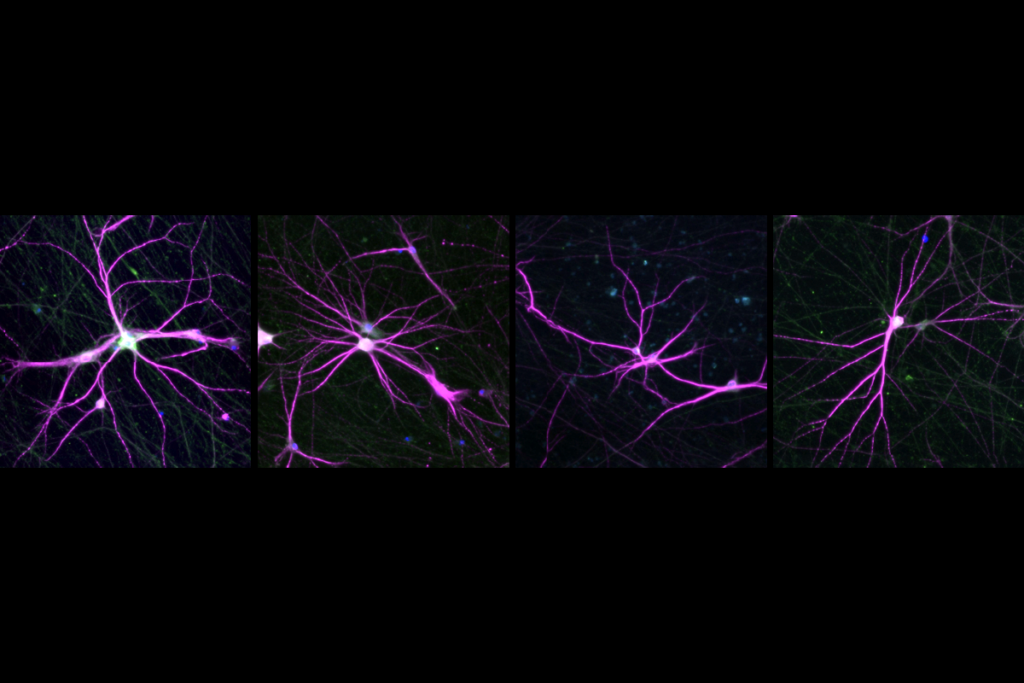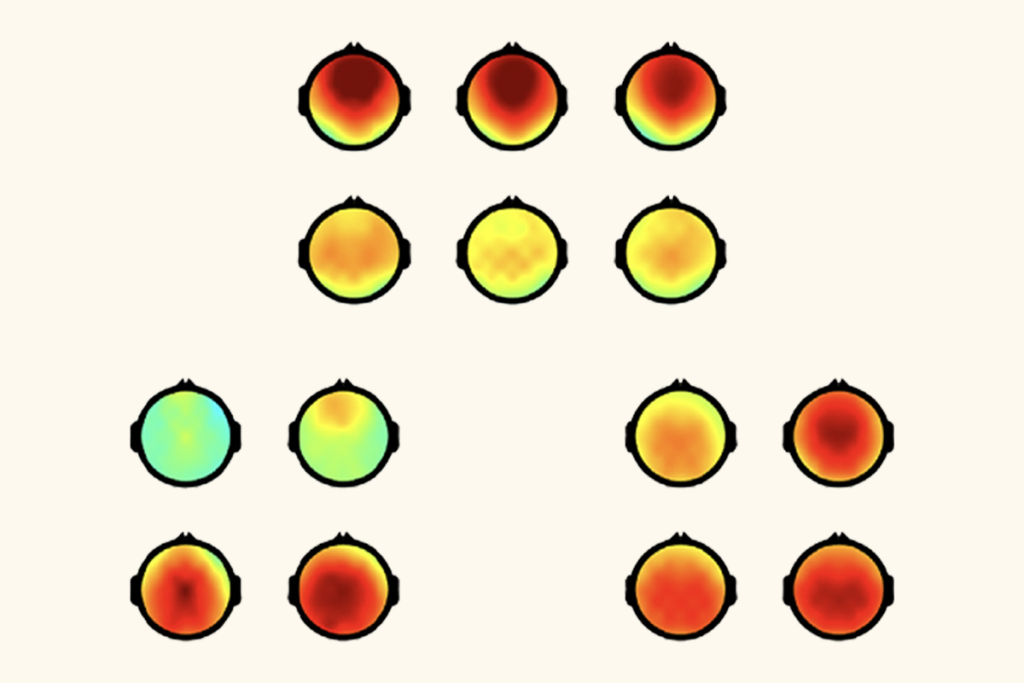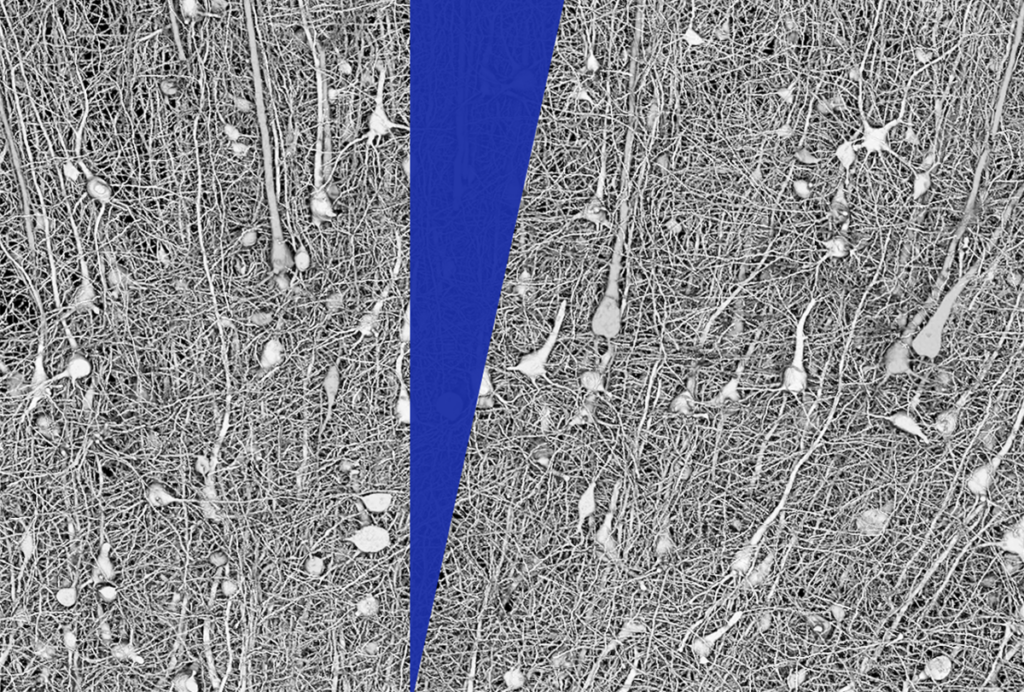Informatics links mouse mutations to autism
Researchers can use bioinformatics tools to identify existing mutant mice that can model features of autism, according to a study published 21 March in the Journal of Biomedical Informatics.
Researchers can use bioinformatics tools to identify existing mutant mice that can model features of autism, according to a study published 21 March in the Journal of Biomedical Informatics.
The Mouse Genome Informatics database aggregates information on all existing mouse mutations and their associated behaviors and disorders. Mouse models of autism can help researchers study the disorder and test therapies.
Researchers at the Jackson Laboratory in Maine combined four bioinformatics tools — Phenome Map, MouseNET, Anchored Bicliques of Biomolecular Associates (ABBA) and Phenologs — to identify mutations in mice that may be useful for autism research.
The researchers first tracked five autism-associated mutations in mice and, using the Phenologs tool, identified the most frequently associated symptoms — for example, ‘abnormal social investigation’ and ‘impaired coordination.’ They then identified other mouse mutants in the database with two or more of these characteristics.
This technique identified four promising genes: GABRB3, RORA, NRCAM and EHMT1. None of these genes are annotated in the database as being linked to autism, although the first three have been linked to autism in people.
The researchers also used the MouseNET and ABBA tools to find genes that have the same sort of functions and phenotypes as eight genes used in autism mouse models. This approach identified 27 mutated genes with neurological phenotypes that could help model autism.
Recommended reading

Amina Abubakar translates autism research and care for Kenya

Post-traumatic stress disorder, obesity and autism; and more

Cortical structures in infants linked to future language skills; and more
Explore more from The Transmitter

Null and Noteworthy: Learning theory validated 20 years later

Neuroscientist Gerry Fischbach, in his own words
